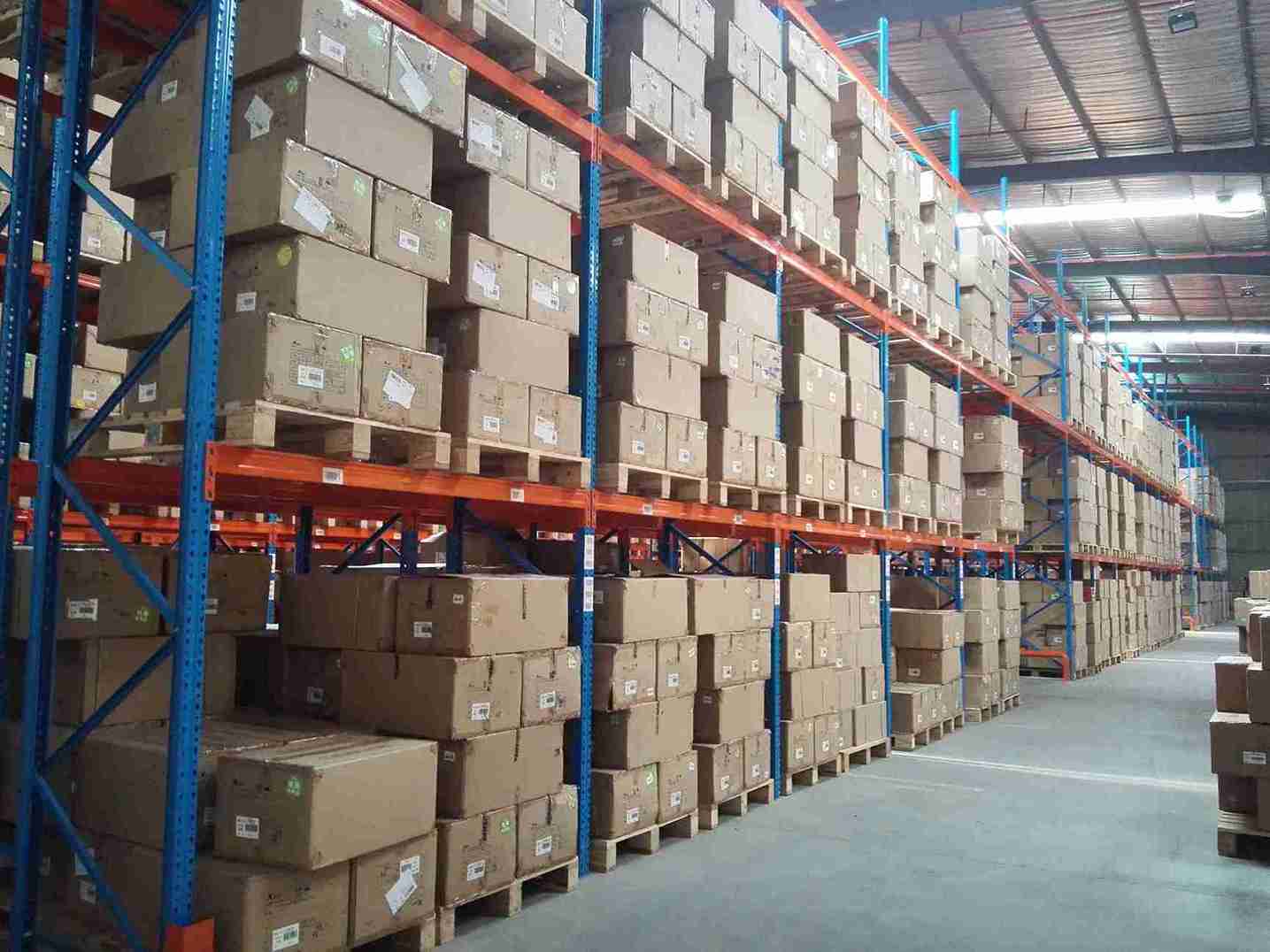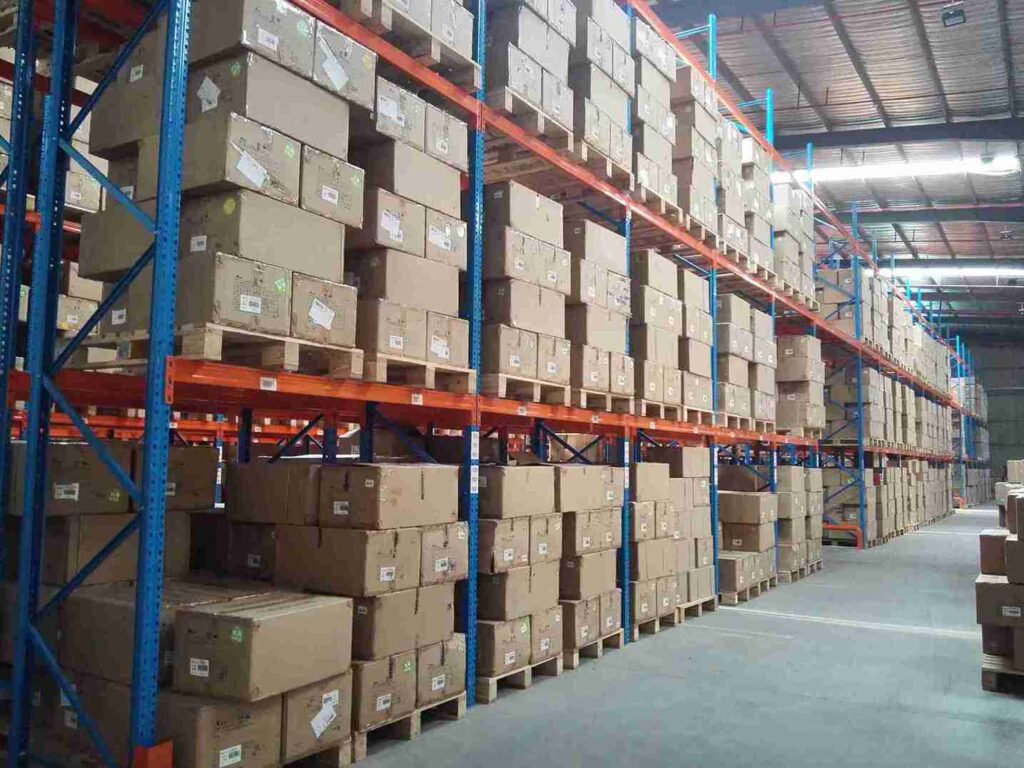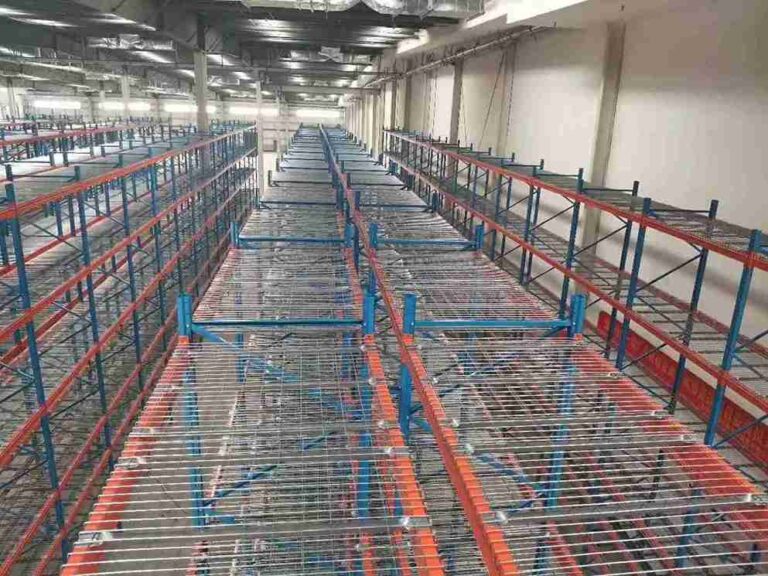📐 "First 50 Enterprise Queries Get Custom 3D Warehouse Design" Plan

Introduction: Why Adjustable Pallet Racking Dominates Modern Warehousing
In an era where warehouse space comes at a premium and inventory needs change rapidly, adjustable pallet racking has emerged as the gold standard for flexible storage solutions. Unlike traditional fixed racking systems that force businesses into rigid configurations, adjustable pallet racking allows warehouse managers to dynamically adapt their storage layouts as product dimensions, seasonal demands, and inventory volumes fluctuate.
The true power of adjustable pallet racking lies in its modular design. By simply repositioning beams at different heights, facilities can accommodate everything from small parcel shipments to oversized industrial components without requiring structural modifications. This adaptability makes adjustable pallet racking systems ideal for:
Third-party logistics (3PL) providers handling diverse client inventories
Manufacturing plants with constantly changing raw material storage needs
Retail distribution centers preparing for peak season surges
Cold storage facilities managing varying pallet heights of perishable goods
Recent industry surveys show that warehouses utilizing adjustable pallet racking experience 27% better space utilization compared to those with fixed systems. Furthermore, the ability to reconfigure storage layouts in minutes rather than days translates to significant labor cost savings during inventory transitions.

The Anatomy of High-Performance Adjustable Pallet Racking Systems
Structural Components That Deliver Unmatched Flexibility
At the heart of every adjustable pallet racking system are three critical components working in harmony:
Industrial-Grade Upright Frames
Manufactured from 12- to 16-gauge structural steel
Feature precision-punched holes at 3″ or 4″ increments for beam adjustment
Available in roll-formed (light duty) and structural bolt-together (heavy duty) variants
Load-Bearing Beams
Step-beam designs support weights from 2,000 to 30,000 lbs per pair
Adjustable clip-on safety locks prevent accidental dislodging
Optional wire mesh decks provide additional stability for small items
Base Protection System
Impact-resistant column guards absorb forklift collisions
Seismic baseplates enhance stability in earthquake zones
Anti-sway bracing improves structural integrity in high-bay installations
Engineering Advantages Over Fixed Alternatives
While traditional racking forces operations into predetermined configurations, adjustable pallet racking offers distinct engineering benefits:
Dynamic Weight Distribution: Beam levels can be positioned to create custom weight zones, allowing heavier pallets at lower levels while maintaining accessibility for lighter items above.
Future-Proof Design: As warehouse operations scale, additional upright frames and beams can be integrated seamlessly into existing systems.
Damage Containment: Individual components can be replaced without dismantling entire sections, minimizing downtime during repairs.
Operational Benefits That Transform Warehouse Efficiency
Space Optimization That Boosts Storage Capacity
The reconfigurable nature of adjustable pallet racking enables warehouses to achieve unprecedented storage density. A Midwest automotive parts distributor recently reported a 34% increase in pallet positions after switching to an optimized adjustable pallet racking layout. Key space-saving features include:
Vertical Adjustment Precision: 1″ incremental changes allow perfect alignment with pallet heights
Double-Deep Configurations: Optional tandem setups nearly double storage capacity
Mezzanine Integration: Racking systems can support elevated work platforms
Labor Efficiency Gains That Reduce Handling Costs
Material handling time decreases significantly with properly configured adjustable pallet racking:
Golden Zone Optimization: Position fastest-moving SKUs between knee and shoulder height
Batch Picking Efficiency: Configure aisles to accommodate multiple order selectors
Seasonal Reconfiguration: Adjust layouts in hours rather than days for holiday peaks
Safety Features That Protect Both Product and Personnel
Modern adjustable pallet racking systems incorporate multiple safety enhancements:
Beam Deflection Indicators: Visual warnings when approaching weight limits
Anti-Walk-Off Clips: Prevent beams from dislodging during seismic activity
Column Protectors: High-density polyethylene guards reduce collision damage
Selecting the Perfect Adjustable Pallet Racking Configuration
Load Capacity Considerations
Understanding weight requirements is crucial when specifying adjustable pallet racking:
| Pallet Type | Average Weight | Recommended Beam Capacity |
|---|---|---|
| Standard 48×40 | 1,500 lbs | 2,500 lb beams |
| Oversized 48×48 | 2,200 lbs | 3,000 lb beams |
| Industrial 48×60 | 4,000 lbs | 6,000 lb beams |
Specialized Variants for Unique Applications
Beyond standard selective racks, adjustable pallet racking systems offer specialized configurations:
Narrow-Aisle Systems
8-10′ aisles for very high-density storage
Requires specialized reach trucks
Ideal for high-value, small-footprint SKUs
Mobile Base Systems
Entire rack rows move on tracks
Creates temporary aisles only when needed
Delivers 80%+ space utilization
Multi-Tier Systems
Support up to 4 storage levels
Integrated staircases and safety gates
Perfect for small-footprint facilities
Implementation Strategies for Maximum ROI
Pre-Installation Planning Checklist
Successful adjustable pallet racking deployments require thorough preparation:
Floor Load Analysis: Verify concrete slab capacity (typically 2,500+ PSI required)
Clear Height Measurement: Account for sprinkler systems and lighting fixtures
Future Growth Projections: Allow 20% additional capacity for expansion
Professional Installation vs. DIY Approaches
While some operations attempt self-installation of adjustable pallet racking, professional installation offers distinct advantages:
Precision Alignment: Laser-leveling ensures perfect vertical alignment
Load Testing: Certified verification of weight capacities
Safety Compliance: Guaranteed adherence to OSHA 1910.176(b) standards
Maintenance Protocols for Long-Term Performance
Scheduled Inspection Routines
Implementing regular maintenance checks extends adjustable pallet racking lifespan:
Daily: Visual inspection for visible damage
Monthly: Torque check on all bolts and anchors
Annual: Professional structural assessment
Damage Assessment Guidelines
Understanding when to repair or replace components:
| Damage Type | Action Required |
|---|---|
| <1/4″ beam deflection | Monitor |
| 1/4″-1/2″ deflection | Schedule repair |
| >1/2″ deflection | Immediate replacement |
Conclusion: The Future-Proof Storage Solution
For operations seeking to balance flexibility, density, and cost-efficiency, adjustable pallet racking remains the undisputed champion of warehouse storage solutions. Its unparalleled adaptability allows businesses to respond to market changes without costly infrastructure investments, while its robust construction ensures decades of reliable service.
As inventory velocity increases and SKU proliferation continues, the ability to quickly reconfigure storage layouts will become even more valuable. Forward-thinking operations are already pairing adjustable pallet racking with warehouse management systems (WMS) that suggest optimal configurations based on real-time inventory data.
Frequently Asked Questions
Q: How quickly can beam heights be changed in adjustable pallet racking?
A: Experienced crews can reconfigure an entire bay (6-8 beam levels) in under 30 minutes using proper equipment.
Q: What’s the maximum height for adjustable pallet racking systems?
A: While standard systems reach 30′, engineered solutions can extend to 50′ with proper seismic bracing.
Q: Can adjustable pallet racking integrate with automated storage systems?
A: Absolutely. Many AS/RS installations use adjustable racking as their base framework for future flexibility.
Q: How does adjustable pallet racking perform in cold storage environments?
A: Special low-temperature steel alloys maintain structural integrity even in -20°F freezer applications.
Q: What fire protection measures are available for these systems?
A: Options include intumescent paint coatings and integrated sprinkler deflectors to maintain water spray patterns.




